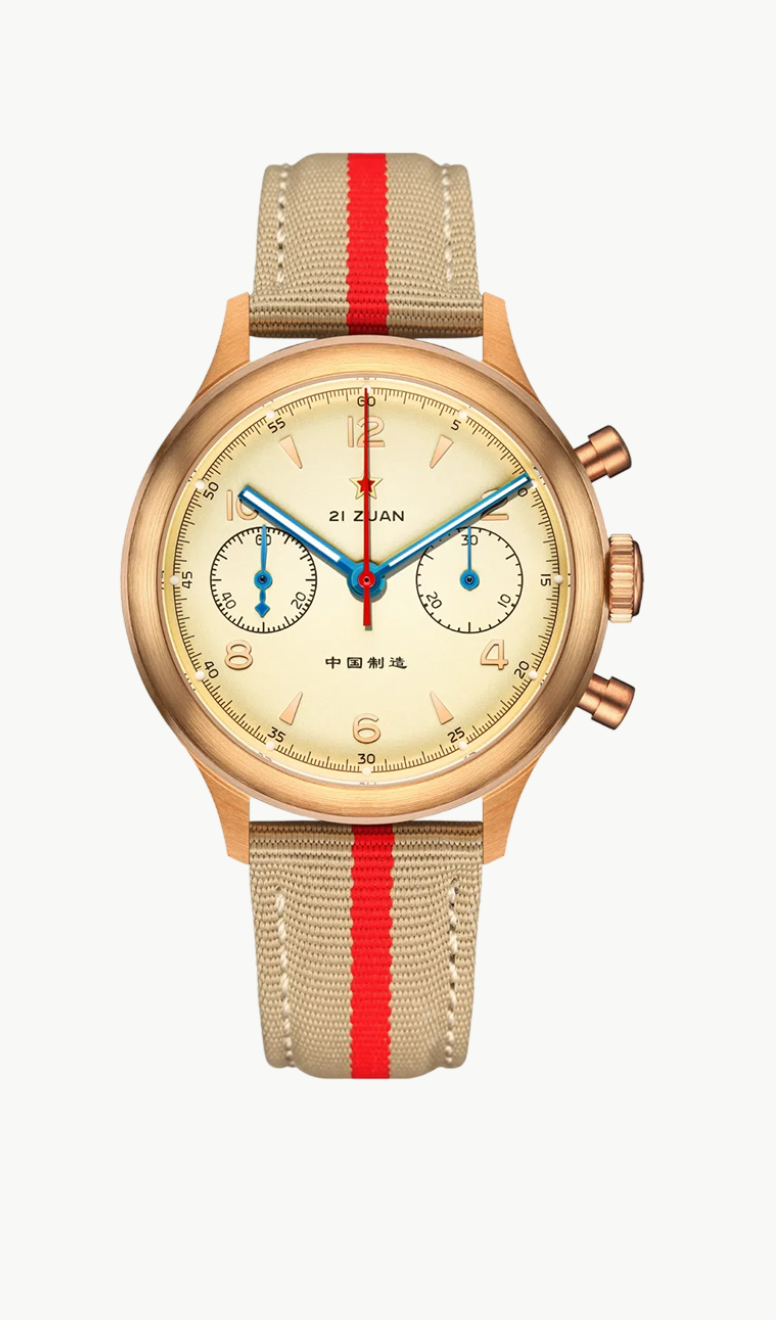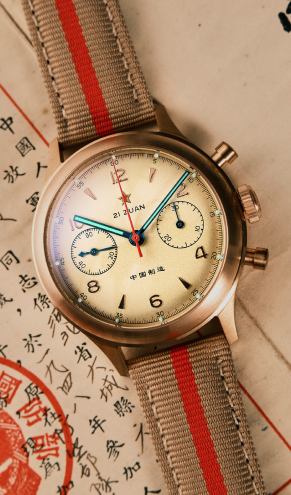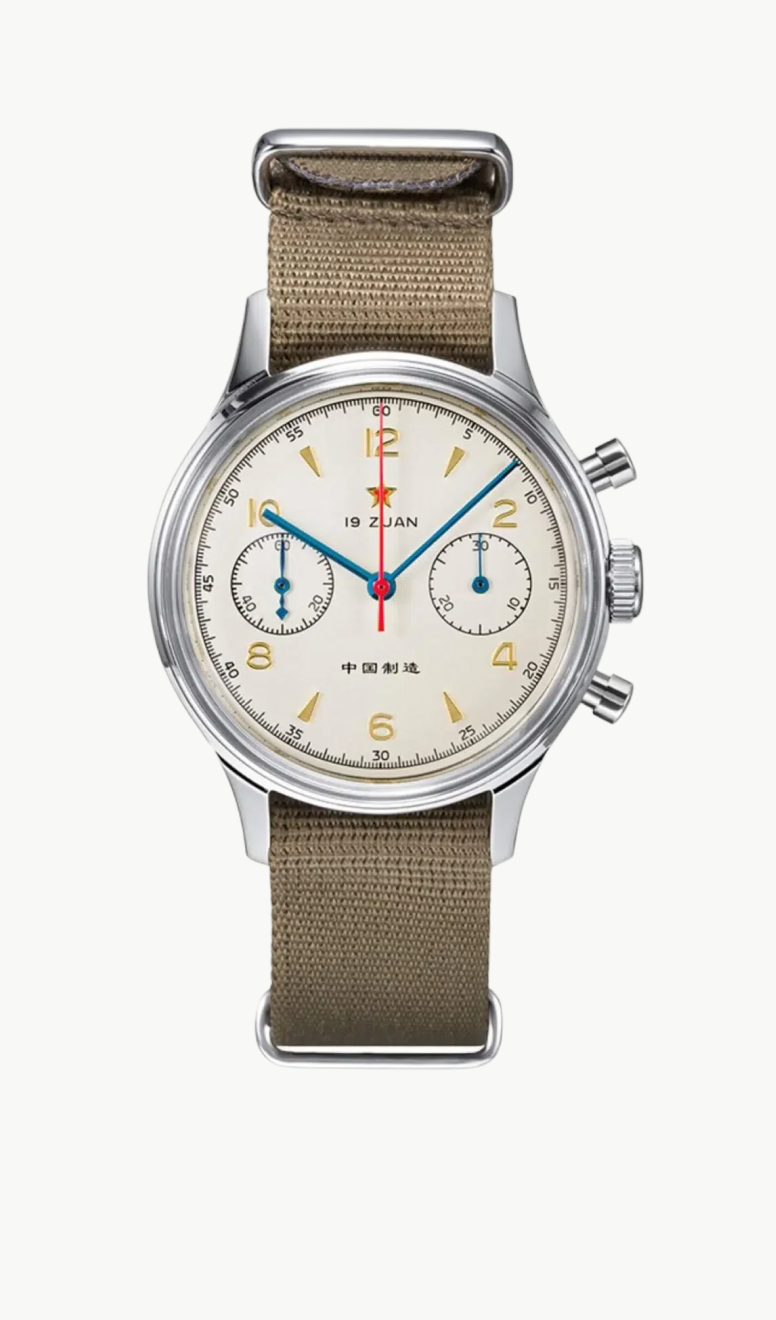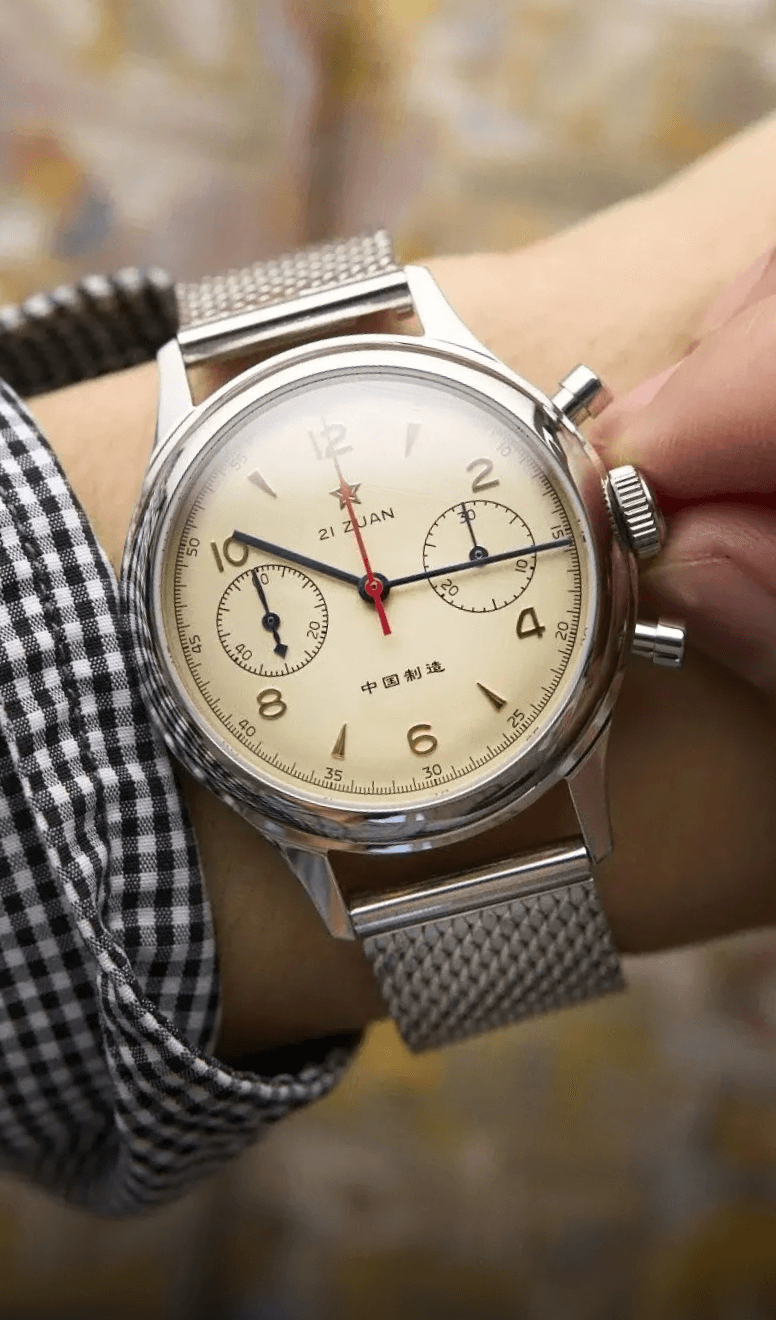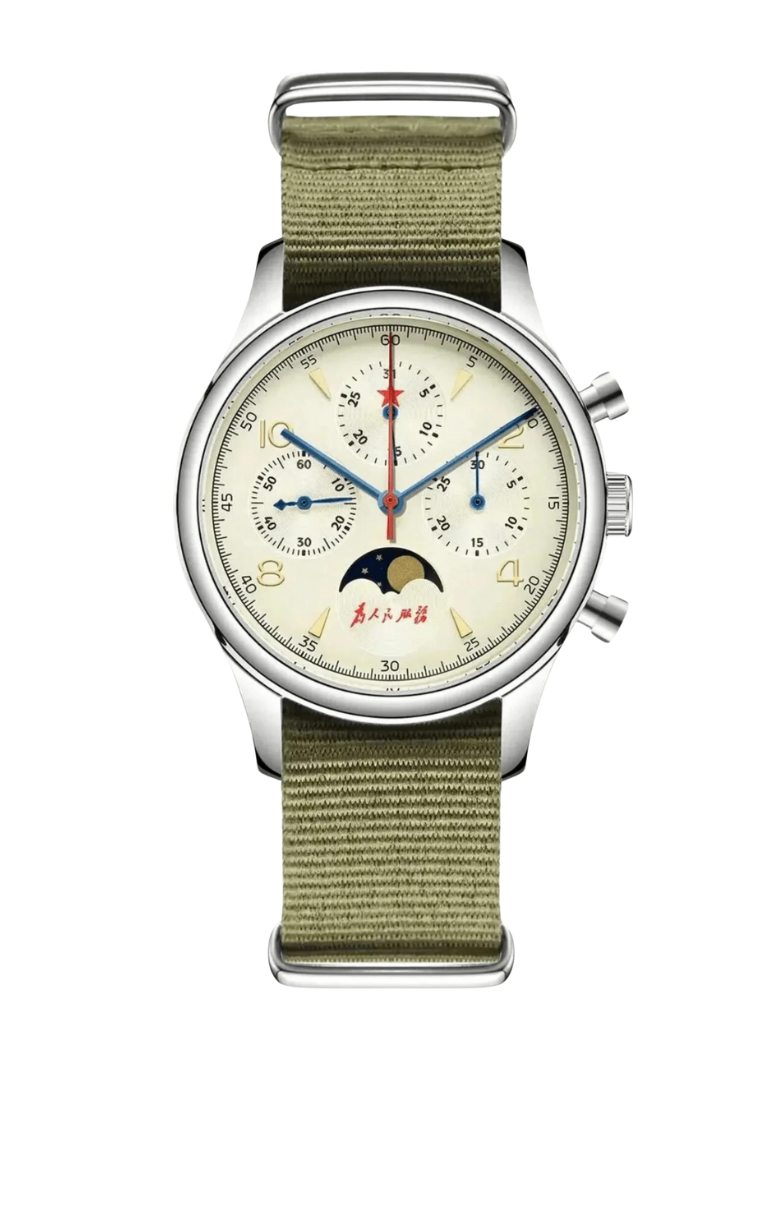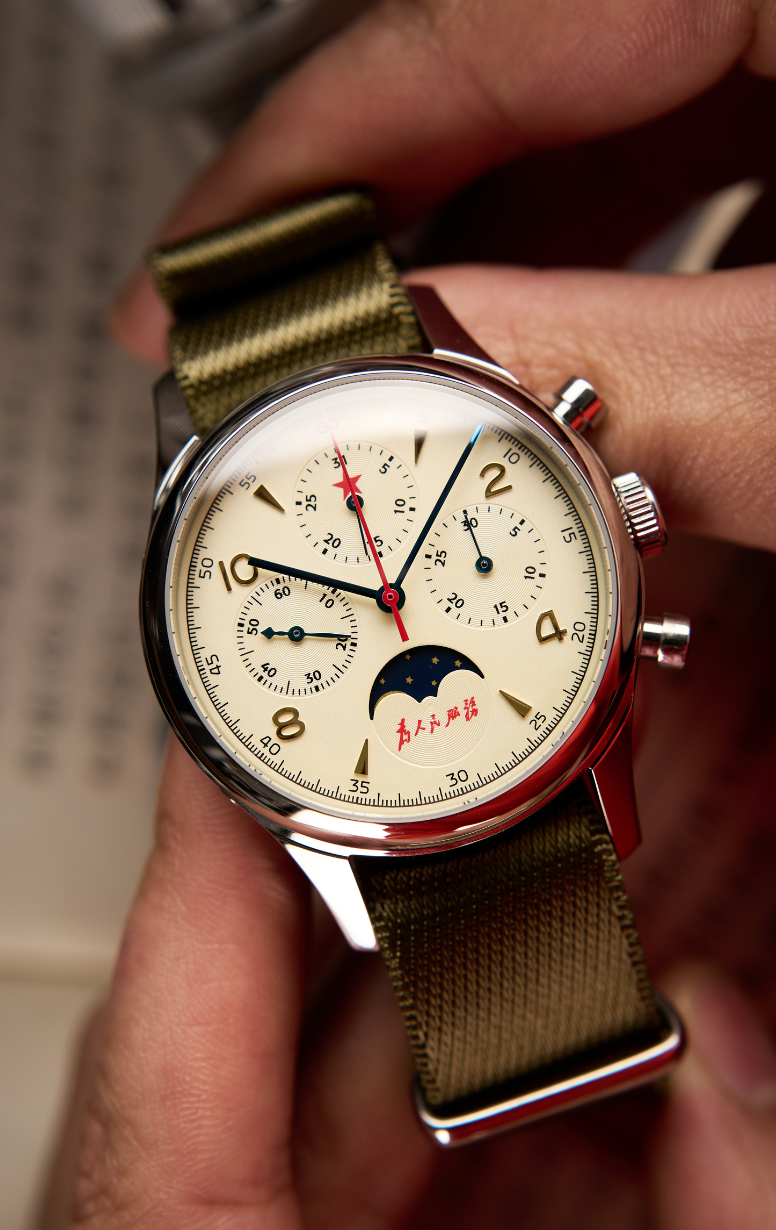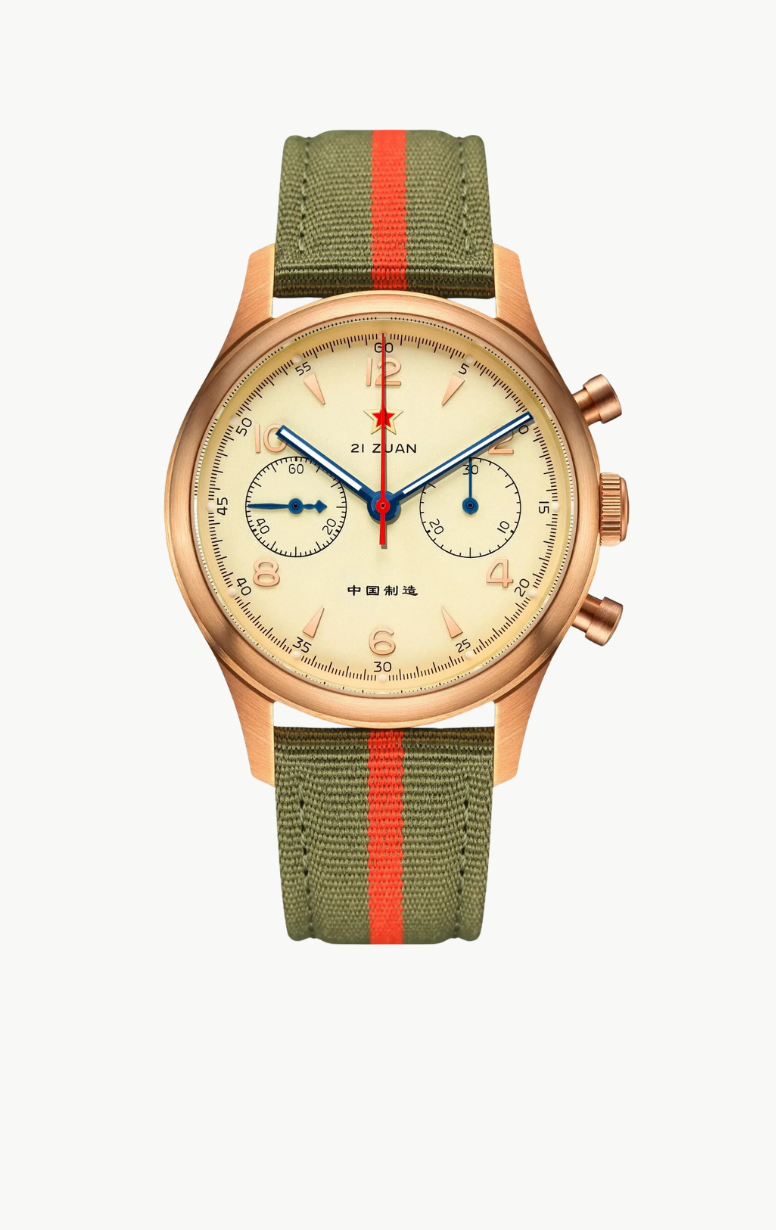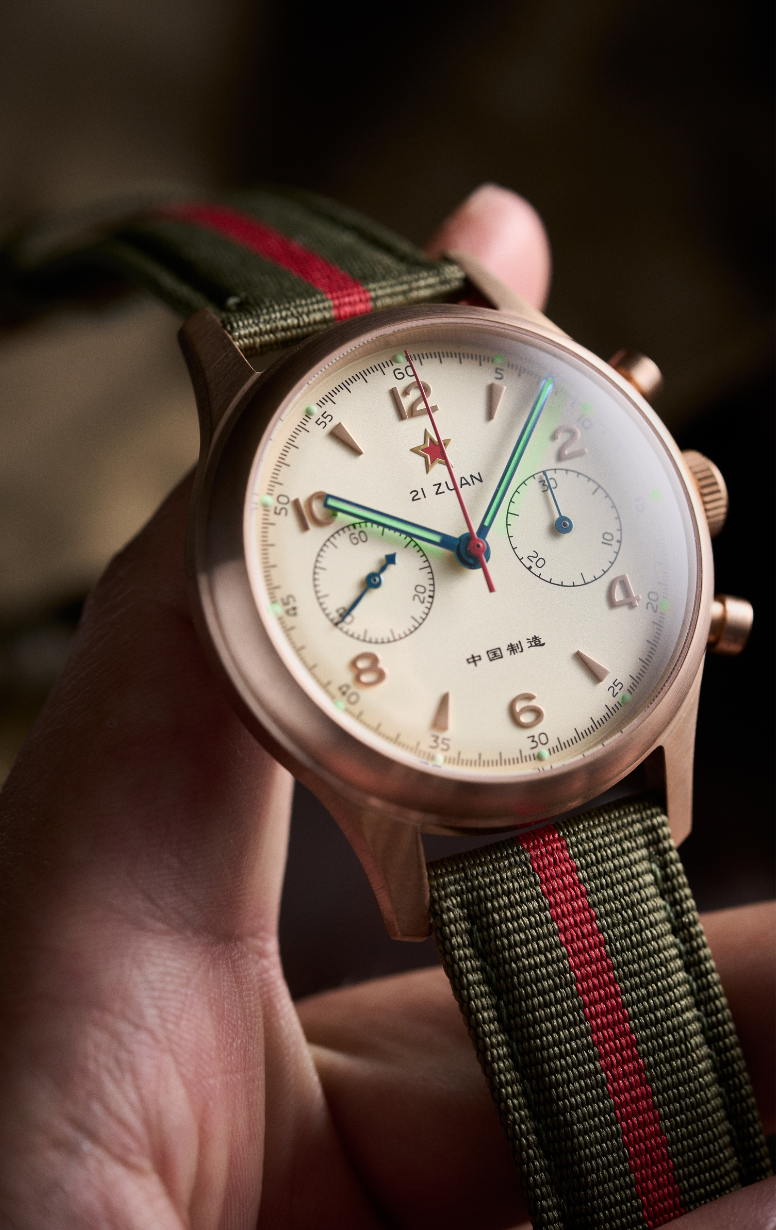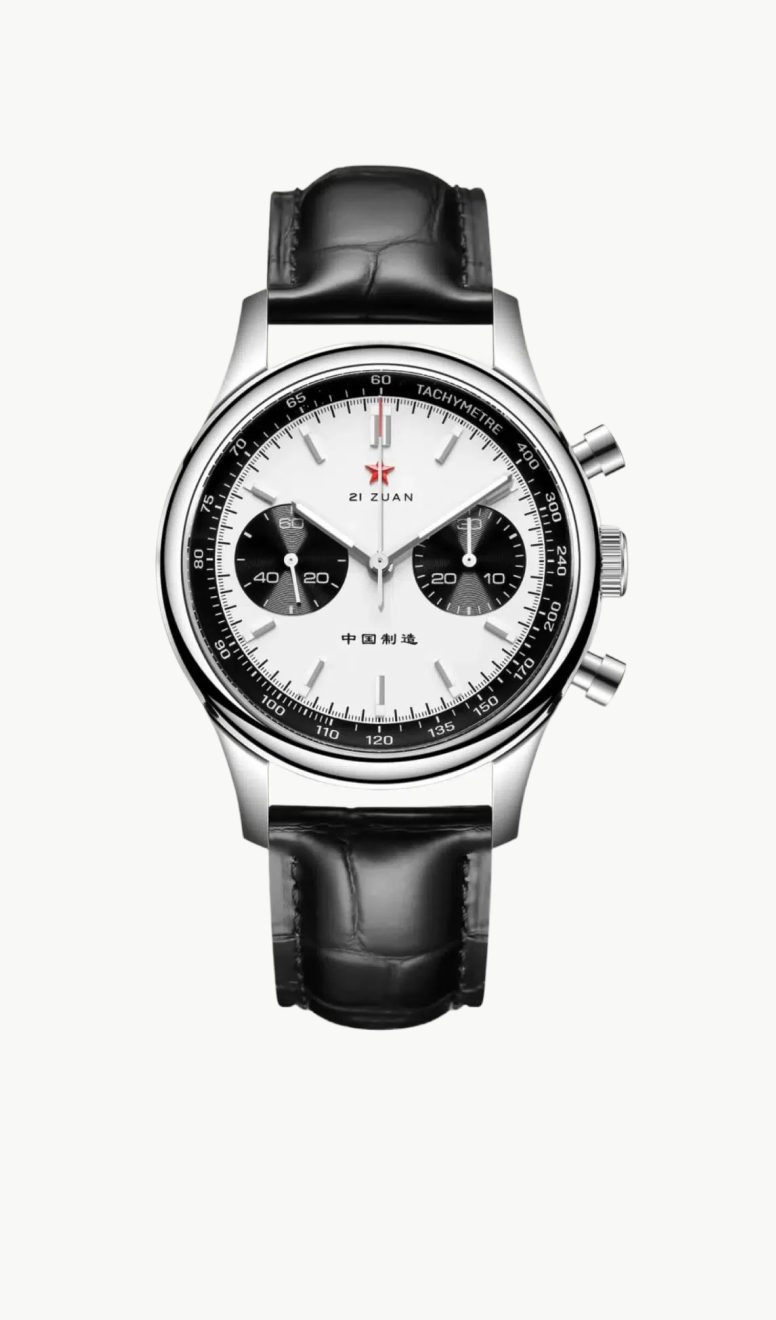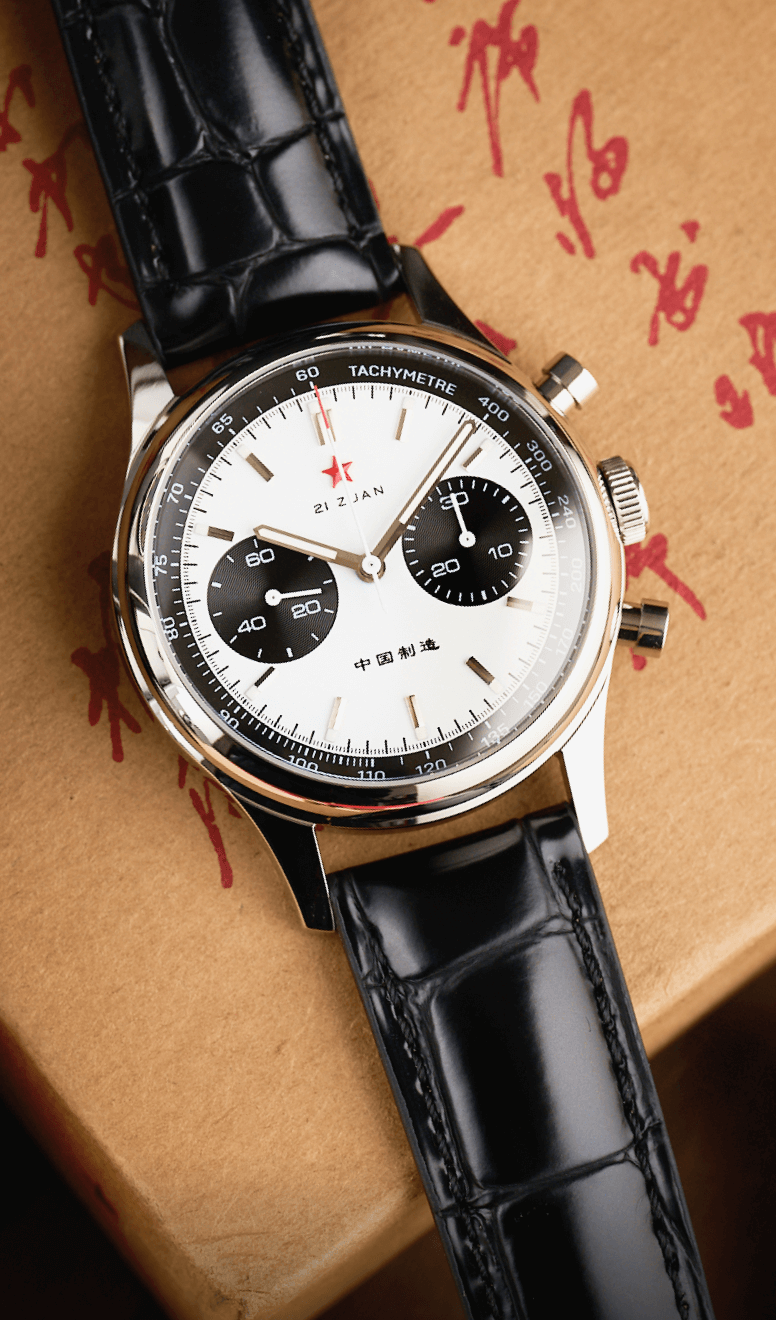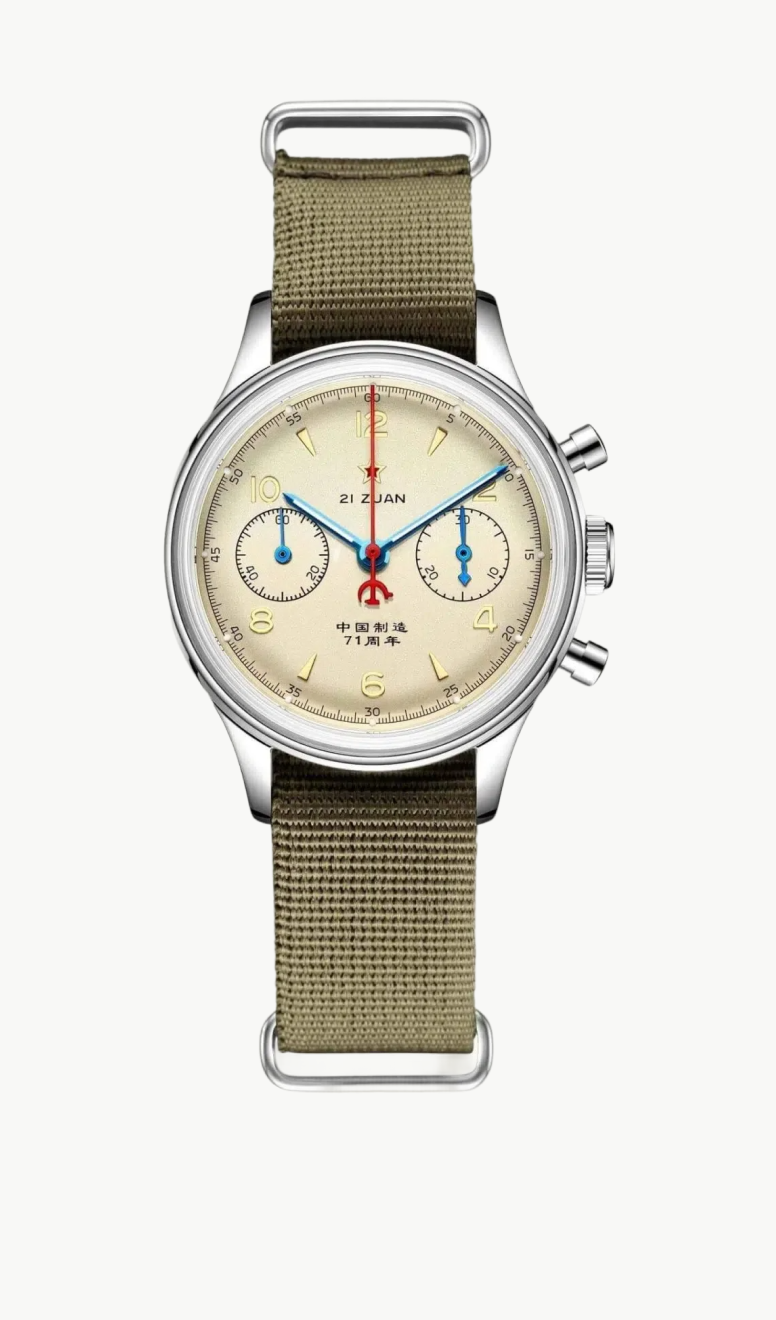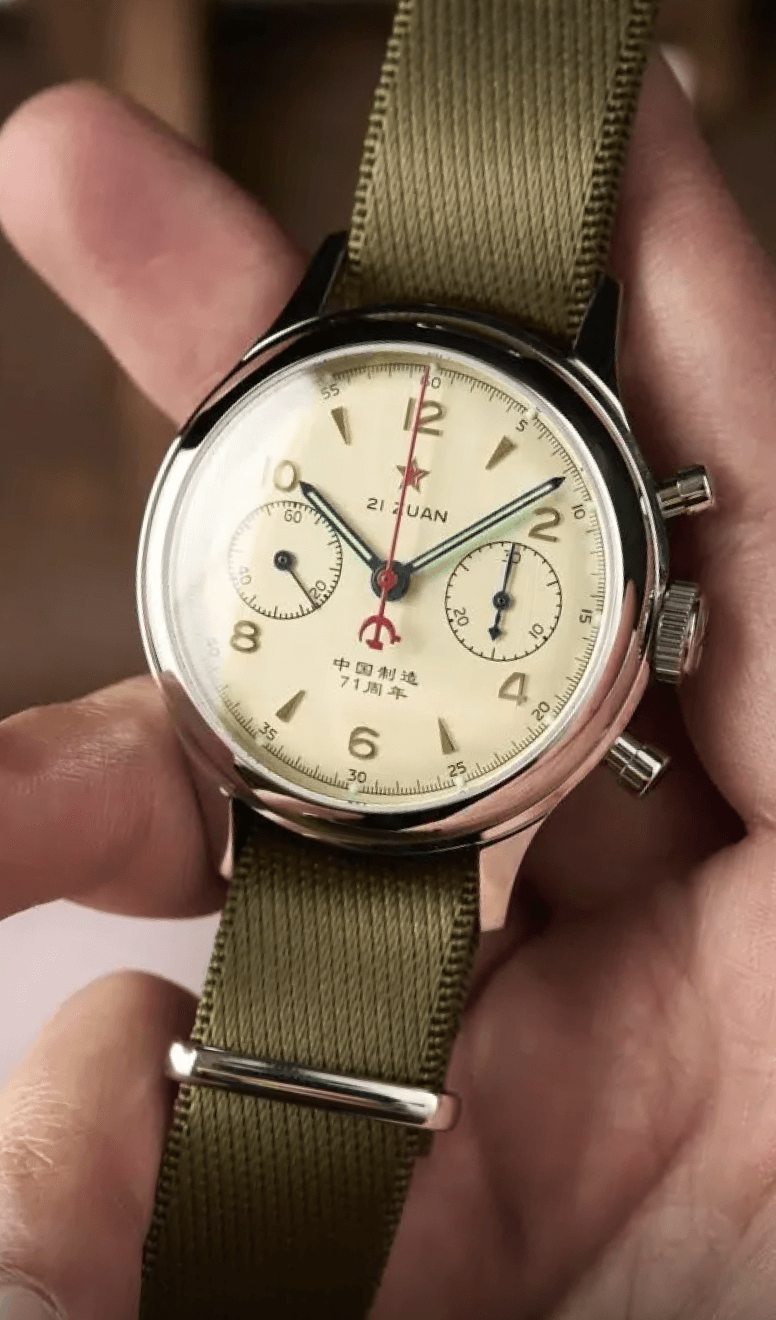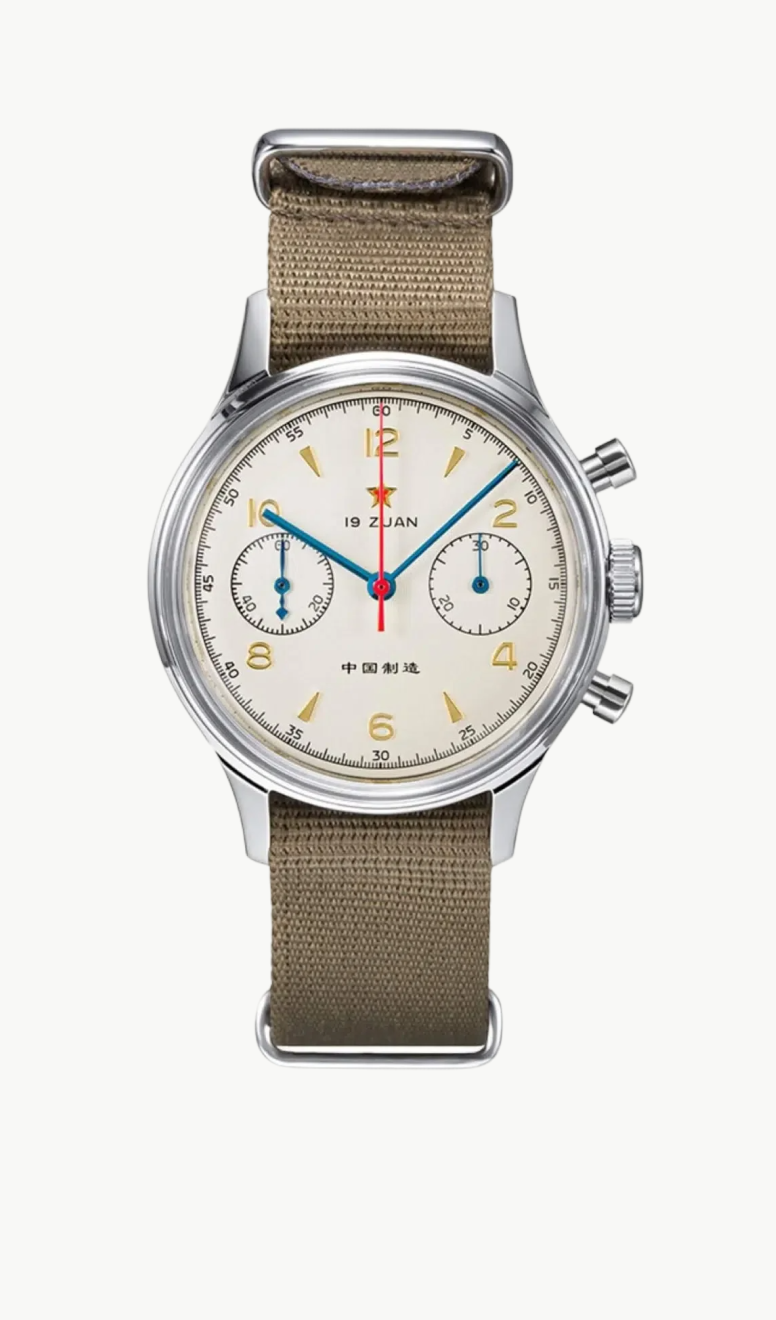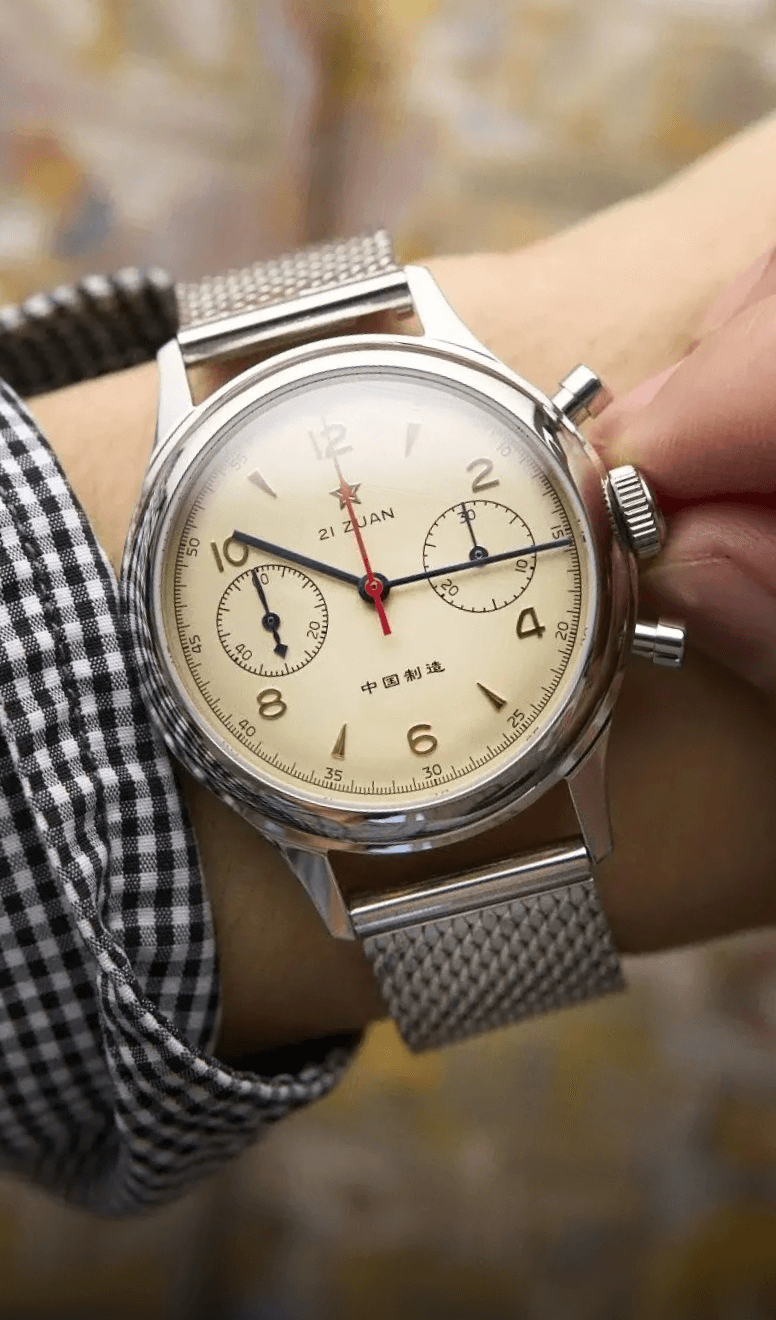Decoding the “21 Zuan” and “19 Zuan” of the Seagull 1963
Welcome to our blog, where we unravel the meaning behind the intriguing terms “21 Zuan” and “19 Zuan” associated with the iconic Seagull 1963 mechanical watch. These phrases, rooted in the Chinese language, hold a significant clue to the watch’s inner workings. Join us as we delve into the fascinating world of watchmaking and uncover the secrets behind these enigmatic expressions. Let’s embark on this journey to decode the significance of “21 Zuan” and “19 Zuan” in the Seagull 1963’s movement.
Decoding the Significance of “Zuan” in Watch Movements
In the realm of watchmaking, the term “Zuan” holds a special meaning, particularly when it comes to the construction of watch movements. Derived from the Chinese word for “jewels,” Zuan refers to the precious gemstones used in mechanical watch movements. Let’s delve into the significance of “Zuan” and explore its connection to the number of jewels in a watch movement.
The use of jewels in watch movements dates back to the early 19th century when watchmakers sought to improve the performance and durability of their creations. These tiny gemstones, often rubies or synthetic sapphires, were strategically placed within the movement to reduce friction and wear between the moving parts.
The number of jewels in a watch movement is denoted by the term “Zuan,” accompanied by a specific number. For example, “21 Zuan” and “19 Zuan” refer to watch movements containing 21 and 19 jewels, respectively. These jewels are meticulously placed at critical points within the movement, such as the balance wheel, escape wheel, and pallet fork.
The primary purpose of these jewels is to serve as friction-reducing bearings, allowing the various components of the movement to rotate with minimal resistance. By minimizing friction, the jewels help enhance the accuracy and longevity of the watch. Additionally, the jewels act as reservoirs, holding tiny quantities of lubricating oil to ensure smooth and consistent operation of the movement.
The use of jewels in watch movements has become a hallmark of fine craftsmanship and precision. Each jewel is precisely cut and polished to create a smooth and durable surface. Furthermore, the color and clarity of the jewels can add a touch of elegance to the movement, enhancing its aesthetic appeal.
While the number of jewels in a watch movement does not necessarily correlate with its overall quality or performance, a higher jewel count often indicates a more complex movement with additional features, such as a chronograph or complications. However, even watch movements with a lower jewel count can exhibit exceptional accuracy and reliability when crafted with skill and attention to detail.
In conclusion, “Zuan” in watch terminology refers to the use of jewels in a watch movement. These tiny gemstones play a crucial role in reducing friction, improving accuracy, and prolonging the lifespan of the mechanical movement. As we explore the fascinating world of watches, let us appreciate the craftsmanship and ingenuity behind the intricate placement of these jewels, adding both beauty and functionality to our beloved timepieces.
The Advantages of Jewels in Mechanical Watch Movements
In the realm of mechanical watchmaking, the use of jewels in watch movements offers numerous advantages that contribute to the overall quality, performance, and longevity of timepieces. Let’s explore the benefits of incorporating jewels in watch movements, particularly in the context of the esteemed Seagull 1963.
Friction Reduction: One of the primary benefits of using jewels in watch movements is their ability to reduce friction between the moving parts. The jewels, typically made of synthetic rubies or sapphires, act as smooth bearings, allowing the components to rotate with minimal resistance. This friction reduction ensures smooth and precise movement, minimizing energy loss and enhancing overall efficiency.
Improved Efficiency: By reducing friction, jewels contribute to improved energy transmission within the watch movement. As the gears and wheels interact with the jewels, the energy required for their rotation is optimized, resulting in enhanced efficiency and reduced energy consumption. This increased efficiency translates to more accurate timekeeping and extended power reserve.
Wear and Tear Minimization: The repetitive motion of watch components can lead to wear and tear over time. However, the presence of jewels in strategic locations helps minimize the direct metal-to-metal contact between these components. Instead, the jewels act as sacrificial surfaces, absorbing the friction and preventing excessive wear on critical parts of the movement. This reduces the need for frequent maintenance and prolongs the lifespan of the watch.
Lubrication Retention: Jewels in watch movements also play a crucial role in retaining lubricating oils. The jewels, being non-porous, hold tiny amounts of lubrication, ensuring a consistent supply to the moving parts. This lubrication retention minimizes the chances of dry friction and ensures the smooth operation of the movement over an extended period. The Seagull 1963, with its jewel-adorned ST1901 movement, benefits from this enhanced lubrication system, contributing to its reliability and accuracy.
Stability and Durability: The use of jewels in watch movements adds stability and durability to the overall construction. The hardness and smoothness of the jewels make them resistant to wear and provide a reliable surface for components to pivot on. This stability ensures the long-term accuracy and performance of the watch, even under various external conditions.
For the Seagull 1963, the inclusion of jewels in its movement enhances its overall quality and longevity. By reducing friction, improving efficiency, minimizing wear and tear, and facilitating optimal lubrication, the jewels contribute to the watch’s reliability, accuracy, and smooth operation. Whether it’s the precise measurement of time or the seamless operation of the chronograph, the presence of jewels ensures that the Seagull 1963 delivers a remarkable horological experience.
In conclusion, the use of jewels in mechanical watch movements, exemplified by the Seagull 1963, brings forth a multitude of benefits. From friction reduction and enhanced efficiency to wear and tear minimization and improved stability, these precious gemstones elevate the performance and longevity of the timepiece. As you admire the intricate craftsmanship of the Seagull 1963, take a moment to appreciate the role of jewels in making it a truly exceptional mechanical masterpiece.
The Seagull 1963: Unveiling the Jewel Upgrade
The Seagull 1963, with its captivating design and historical significance, has become a beloved timepiece among watch enthusiasts. While exploring the intricacies of this remarkable watch, one may come across a fascinating detail: the number of jewels in its movement. Originally based on the Swiss Venus 175 movement, the Seagull 1963 inherited its predecessor’s 19-jewel configuration. However, over the years, the movement received an upgrade, now boasting 21 jewels.
When examining the Seagull 1963, you may notice a subtle variation depending on the crystal type. The version with an acrylic crystal proudly displays “19 Zuan” on its dial, whereas the sapphire version elegantly showcases “21 Zuan.” This peculiarity stems from the watch’s origins, as the original prototype exclusively featured an acrylic crystal. To pay homage to its heritage, the acrylic version continues to bear the inscription “19 Zuan,” harkening back to its initial design. In reality, both the acrylic and sapphire versions of the Seagull 1963 now incorporate 21 jewels, representing an upgraded movement and enhanced performance.
The addition of two extra jewels in the Seagull 1963’s movement carries notable benefits. The additional jewels contribute to reduced friction, improved efficiency, and enhanced durability, elevating the overall precision and longevity of the watch. While the original Venus 175 movement had 19 jewels, the Seagull 1963 embraced progress, advancing to 21 jewels to further enhance its horological prowess.
Whether you choose the acrylic or sapphire version of the Seagull 1963, rest assured that both models feature the upgraded 21-jewel ST1901 movement. The “19 Zuan” on the acrylic model serves as a nod to its roots, preserving the connection to the original prototype, while the “21 Zuan” on the sapphire model proudly showcases the improved movement. Whichever variant you choose, the Seagull 1963 promises a harmonious blend of heritage, craftsmanship, and modern advancements, all encapsulated in a timeless timepiece.
In conclusion, the Seagull 1963 has undergone a fascinating evolution in its jewel count. From its roots with the Venus 175 movement and 19 jewels to the present-day 21-jewel ST1901 movement, this iconic watch stands as a testament to progress and continuous improvement. Whether you opt for the acrylic version with its “19 Zuan” inscription or the sapphire version proudly displaying “21 Zuan,” both models provide an exceptional horological experience, combining heritage, precision, and craftsmanship in one stunning package.
